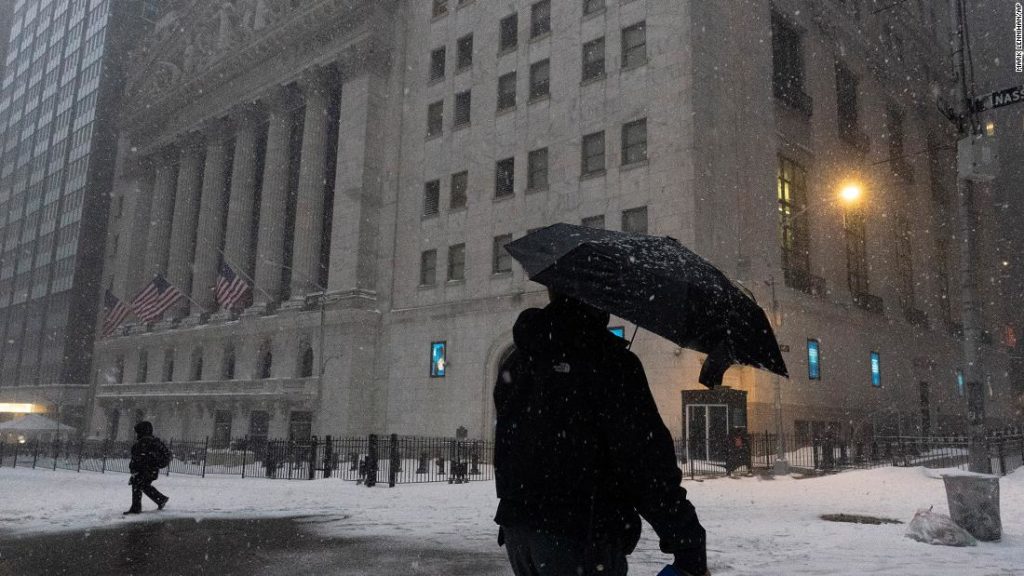“The past 25 years have witnessed a number of sharp short squeezes in the US equity market,” Goldman Sachs strategists wrote in a note published Monday, “but none as extreme as has occurred recently.”
For context, the most heavily shorted stocks with market values above $1 billion rose by a more modest 77% during the second quarter of last year. The current short squeeze also exceeds the 56% rally for those stocks toward the end of the Great Recession and similar ones during the dotcom bubble.
WallStreetBets successfully triggered an epic short squeeze, where investors that bet against GameStop have been forced to unwind their bets and buy the stock back. That in turn has driven GameStop even higher, creating even more losses for short-sellers.
Negative feedback loop
“This week demonstrated that unsustainable excess in one small part of the market has the potential to tip a row of dominoes and created broader market turmoil,” Goldman Sachs strategists wrote in the note.
Goldman’s prime services arm, which caters to hedge funds, said that last week represented the largest active hedge fund de-grossing since February 2009 during the Great Recession. De-grossing means hedge funds unwound their positions — by closing out a bet against GameStop or by selling shares of a company like Alphabet, for example.
Despite those moves, Goldman Sachs said that hedge fund net and gross exposures remain close to record highs, “indicating ongoing risk of positioning-driven selloffs.”
Charlie McElligott, managing director at Nomura Securities, called last week a “crowding gross down shock” and warned that based on volatility metrics, more selling could be ahead.
More euphoric than 2000 dotcom bubble
However, Goldman Sachs strategists remain bullish on the stock market, reiterating its prediction that the S&P 500 will end the year at 4,300. That would translate to an 14% gain from Monday’s close.
The performance of the stock market after short squeezes tends to be dictated by the economy. When the pace of growth was improving, the S&P 500 tended to perform well during the month after short squeezes, according to Goldman Sachs.
“If growth remains the key driver of stock prices, investors have reason for optimism,” Goldman Sachs strategists wrote.
Citigroup’s Panic/Euphoria Model of market sentiment has been signaling caution since November. However, more recently this closely watched gauge has climbed above even the levels of early 2000 during the dotcom bubble, a “particularly troubling” development, Citigroup chief US equity strategist Tobias Levkovich warned clients in a note Monday.
“We believe that too many investors are complacent and worry more about market rallies than pullbacks,” Levkovich wrote.
You may also like
-
UK coronavirus variant has been reported in 86 countries, WHO says
-
NASA technology can help save whale sharks says Australian marine biologist and ECOCEAN founder, Brad Norman
-
California Twentynine Palms: Explosives are missing from the nation’s largest Marine Corps base and an investigation is underway
-
Trump unhappy with his impeachment attorney’s performance, sources say
-
Lunar New Year 2021: Ushering in the Year of the Ox

